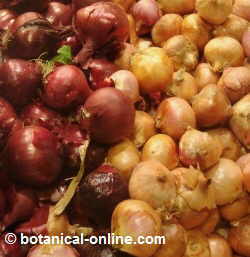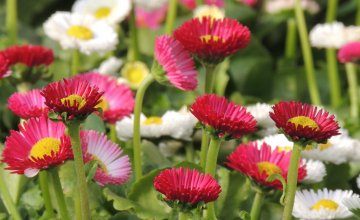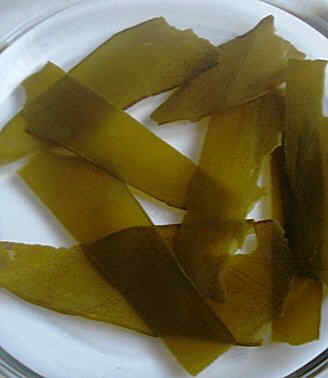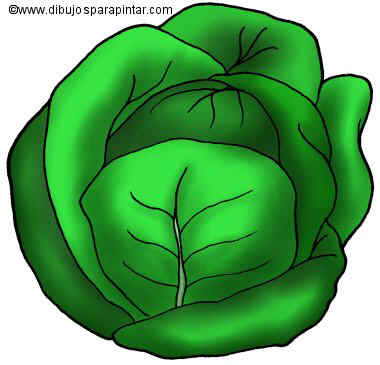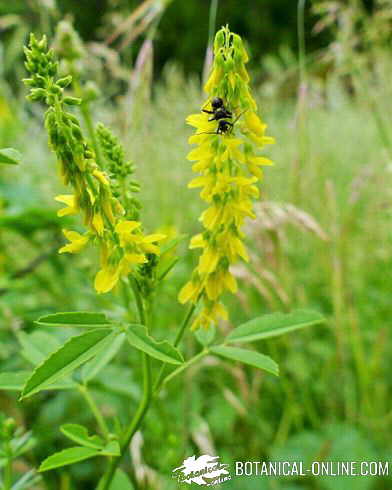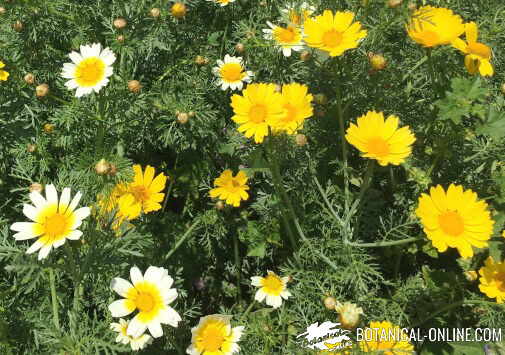Contents
Medicinal benefits of wild teasel (Dipsacus fullonum L.)
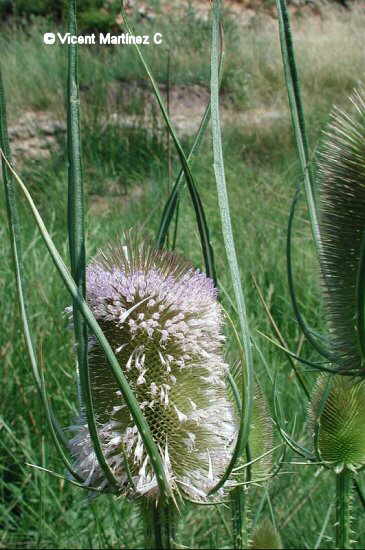
Common noun: Wild teasel, Teasel, Fuller’s teasel
Scientific noun: Dipsacus fullonum L.
Family: Teasel family – Dipsacaceae
Habitat: In humid places among the grass.
Characteristics of Wild teasel
Biennial plant of the teasel family – dipsacaceae – till 2 m. tall. Stems erect, rigid, all covered with prickles. Rosette of oblong leaves, with short stalks which disappears in the second year to form a sort of cup of lanceolate leaves joined at the base. Flower- heads of purple flowers maturing first from below, surrounded by long bracts ending with a spine.
Picking up and storing
It is advised to pick up the root at the end of Summer or in Autumn. It must be dried in the shade a be kept in a dry airtight place.
Active principles: Unknown
Properties of wild teasel
Wild teasel as a Medicinal plant:
- Diuretic: To increase the production of urine in those cases of liquid retention. For example, in case of cellulite, when losing weight in obesity is desired, or in those cases related with rheumatoid diseases when it is very convenient to expel toxins through urinary tracts (3 cups a day of the infusion of 30 gr. of dry root per litre of water. Pour water on the root, leaving it to rest for 15 minutes)
- Sudorific: In respiratory diseases, cough, common cold, bronchitis, influenza, pain in the breast, etc. when it is recommended to increase transpiration, the same treatment seen above can be applied.
- Anorexia: In addition to increasing the sweat and its diuretic properties, it stimulates the appetite. (Three cups a day before meals with the infusion of 30 gr. Root per liter of water. Pour water over the root and let stand 15 minutes)
![]() More information about plants.
More information about plants.


